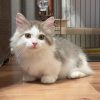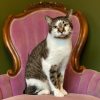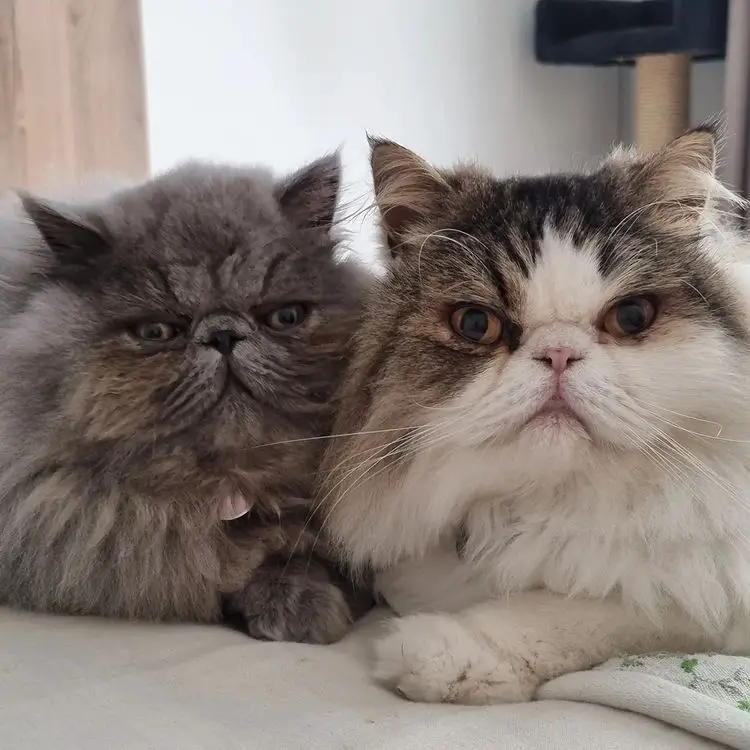
A lot of people think that cats just know how to sleep well. They could say they are lazy and lethargic. As cat lovers, we understand precisely. The breed of a cat significantly impacts the animal’s urge for or dislike of playful action. Around half of these traits are inherited, including activity level, shyness, hostility, and socialization with people. However, every cat is uniquely individual. Thus differences in energy levels do exist.
Top 9 least active cat breeds for first time owners:
1. American Shorthair
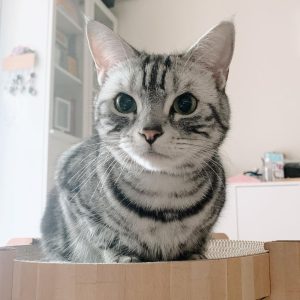
Unfortunately, this calm and quiet breed tends to gain too much weight, which is worse because they don’t do much. To stop obesity and the health problems that come with it, it’s essential to get them to do even small amounts of exercise.
2. Persian
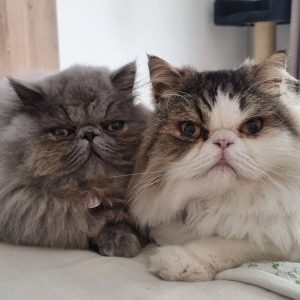
Persian cats cherish their owners, but they don’t worry about being left alone for short amounts of time if they are in their own houses, where they feel safe and secure. You need not be bothered about a Persian expressing his energy through destructive channels. These felines would rather lounge with their owners than leap on restricted surfaces or claw your furniture.
3. Exotic Shorthair
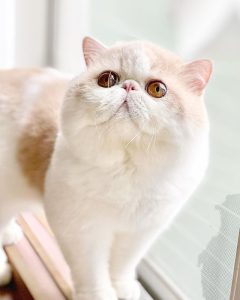
4. Ragdoll
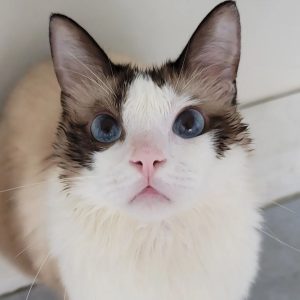
Ragdolls thrive on human companionship and are never separated from them. They are incredibly devoted and almost canine in temperament. Everyone gets along with them, even children and other animals. It is not rare for Ragdolls to have a favorite family member, even if they get along with everyone.
5. Maine Coon
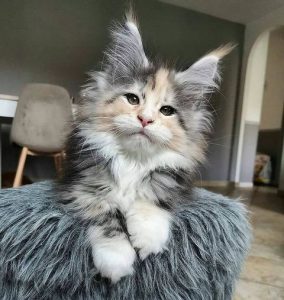
Maine Coons are typically more active at night, mainly when they are kittens. Therefore, they should be in a setting that allows them to exert energy during the day and rest at night.
6. British Shorthair
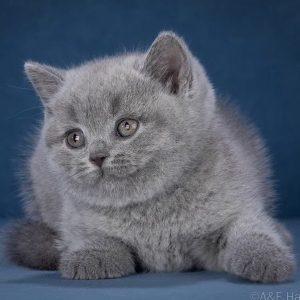
7. Scottish Fold
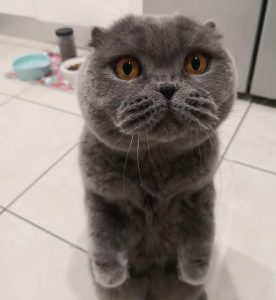
This breed is well-known for its laid-back personality and general sociability. It usually gets along well with other cats and cat-friendly canines and adapts well to multi-pet households. Children of all ages will become quick friends with the Scottish Fold, whose loving demeanor is soothing and endearing to individuals of all ages. The Scottish Fold doesn’t require a lot of active play or challenging exercise to be happy. It does best in a home with a good mix of casual play and quiet time to cuddle.
8. Himalayan
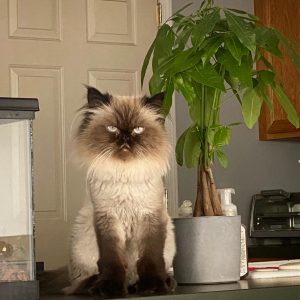
They love being loved and cared for by their owners, have sweet, calm personalities, and love to play. Himalayan cats are calm and quiet, but that doesn’t mean they’re boring. These cats like to play with toys, but unlike some other breeds, they probably won’t go crazy and start climbing your curtains. They are intelligent and very in tune with their owners. They often greet them at the door when they come home after being away. Himalayan cats love to cuddle, be petted, and spend time with their families.
9. Selkirk Rex
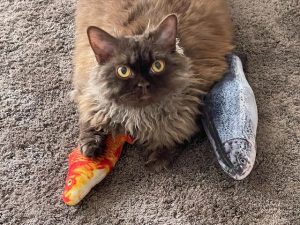
They have a calm personality and are friendly and affectionate. It gets along with most people. This cat is between medium and large, and it is amicable and easy to get along with. This makes it an ideal cat for families with children or other pets. The Selkirk is easygoing and friendly and doesn’t need much extra care (besides the occasional grooming session). It’s not very active, but it likes to hang out with kids, other cats, and dogs.
Overview of the 9 least active cat breeds
Breeds |
Height |
Weight |
Coat |
Color |
Personality |
Lifespan |
American Shorthair |
12-15 inches |
11-15 lbs |
Short hair |
Variety of colors |
Gentle and easygoing |
15-20 years |
Persian |
14-17 inches |
7-12 lbs |
Long all over the body, thick, and glossy |
Variety of solid colors |
Sweet and gentle |
15-20 years |
Exotic Shorthair |
Up to 30 inches |
Up to 15 lbs |
Short |
Variety of colors |
Loyal, easygoing, and low-energy |
Up to 15 years |
Ragdoll |
11-13 inches |
10-20 lbs |
Long and soft |
White bodies pointed markings |
Sweet, patient |
13-18 years |
Maine Coon |
Up to 16 inches |
9-17 lbs |
Long and silky |
White bodies pointed markings |
Sweet, intelligent, gentle, and dog-like |
13-18 years |
British Shorthair |
22-25 inches |
7-17 lbs |
Short and very dense |
Variety of colors |
Easy-going, and calm |
12-16 years |
Scottish Fold |
Up to 30 inches |
Up to 11 lbs |
Short and long |
Brown, gray, black, red, cream, and white |
Affectionate and sociable but not demanding |
Up to 14 years |
Himalayan |
12-16 inches |
7-12 lbs |
Long |
White to cream |
Sedate, affectionate, gentle, friendly, and intelligent |
Up to 15 years |
Selkirk Rex |
Up to 30 inches |
Up to 16 lbs |
Short and long |
Any genetically possible color or combination |
Laid-back, friendly, affectionate |
Up to 15 years |
Conclusion
These cats are satisfied with spending most of their time in a state of relaxation. Their calm attitude makes them well-suited for an indoor lifestyle. However, the only thing you need to watch out for with the least active cats is weight gain. Obesity in cats can result in a variety of health problems.
Therefore, if you have a cat that does not feel the need to walk around much, you need to discover ways to guarantee they get daily exercise. Interactive toys and tunnels can promote exploration in cats. Surprisingly, several of the cats on our list choose to live at ground level and do not require tall furniture or cat towers to explore the area. Additionally, having a companion is a great way to keep cats active. If you decide to give your cat a treat, try using a treat ball, which has to work for it.
FAQs
Do cats get less active?
Between 7 and 10 years, your cat loses the desire to play and becomes less energetic. This is a frequent event, as your cat has adapted to its environment and routine.
What time are cats least active?
Cats are most active both in the morning and evening. Some cats are more energetic at night, but this does not make them nocturnal creatures.
Where are the least active cat breeds best suited?
- Families with kids who are very busy
- Small apartment renters
- People who are out of the house most of the day
- Seniors
- Those who like quiet and peace

